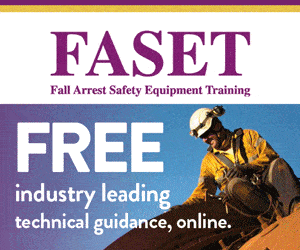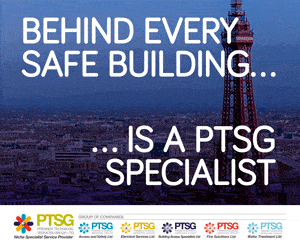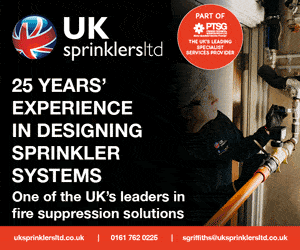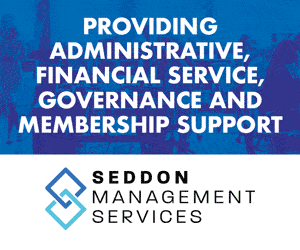Insight from John Stewart, technical training manager at Pelsis Group
Pest infestations can be very costly to production, manufacturing, storage and hospitality companies. But it is far better to shut the door before the horse bolts, or the pest enters!
This article will review some of the most competent preventative measures you can take to protect your business from a pest infestation.
Integrated pest management
Integrated pest management (IPM) looks at controlling pests from a holistic point of view. It focuses on eliminating or reducing sources of food, water and harbourage that are available to pests alongside limiting pest access into and throughout buildings.
Control measures such as sanitation, building maintenance and modifications are strong elements of an IPM program.
IPM has been shown to drastically reduce the number of unnecessary pesticides put into our environment, save money on costly treatments and mitigate business disruptions.
Education
Pest awareness training is key for onsite maintenance staff as well as contractors e.g., plumbers, electricians, performing work. Knowledge of good door management is key to prevent flying insects, birds and rodents entering the building.
Educating employees about your pest reporting system allows infestations to be controlled at an early stage by escalating pest issues to the pest control contractor in a timely manner. This is an important step to consider during onboarding processes.
Ensuring employees are educated on your ‘clean as you go policy’, removing food spillages and freestanding water will also help prevent pests.
Proofing
Regular pest control inspections will allow you to stay on top of any potential ingress points that need blocking. Ideally these will also take place while buildings are being constructed or refurbished.
Having in depth building fabrication audits performed on a regular basis will keep you updated on any potential deterioration and damage. In addition, trend analysis of pest activity should be used to target areas of the building that have, or are susceptible to, pest issues. This data can provide vital information to help focus attention on fabrication issues.
Housekeeping and good sanitation
Getting the basics right is a key preventative measure. For example, having a clean as you go policy is key to reducing the availability of food and water that would allow pest proliferation.
Ensuring waste bins are emptied and cleaned on a regular basis will help to prevent sugar feeding ants and fruit flies from being attracted to food residue. The same can be said for kitchen cupboards.
For staff who bring foodstuffs into the office, these may contain stored product insects that emanate from cereals, biscuits, pasta, rice, dried fruits and nuts. To help prevent this, staff should be encouraged to store foods in airtight containers.
Regular preprogramed cleaning of kitchen drains and bin rooms will prevent foul smells, bacterial growth in the sink plumbing and floor drains, which in turn will help avoid filter and fruit fly infestations.
Landscaping and external areas
Ideally, it is recommended to maintain a meter of vegetation free zone around buildings to allow for inspections of the building fabric and to check for rodent burrows, this also denies pest harbourage.
Any vegetation present should be sparse and slow growing. This is because dense shrubbery will collect rubbish and provide cover for rodents. While over-hanging branches in contact with the building should also be pruned where possible as these can cause damage and allow rodents access to the roof level.
The perimeter of the building should be checked for stagnant water as this will attract flies and rodents. Building damage may also occur to the damp proof course and field drainage can be installed to allow proper run off to surface drains.
Refuse areas
It is important to situate external bins and compactors away from the building to prevent pest attraction alongside regular cleaning.
To help prevent rodent entry, it is recommended to check drainage bungs are in place at the bases of the bins as they will exploit these opening to gain access to food.
Finally, it is important to ensure that bins are not overflowing as rodents and birds will be attracted and gnaw or peck open bags. Increasing the frequency of uplifts or the number of bins will remedy this issue.
Implementing the above guidance where applicable can help prevent infestations of pests, and having permanent monitors in key locations will help to control activity quickly and detect pest activity that would normally go undetected.
























































